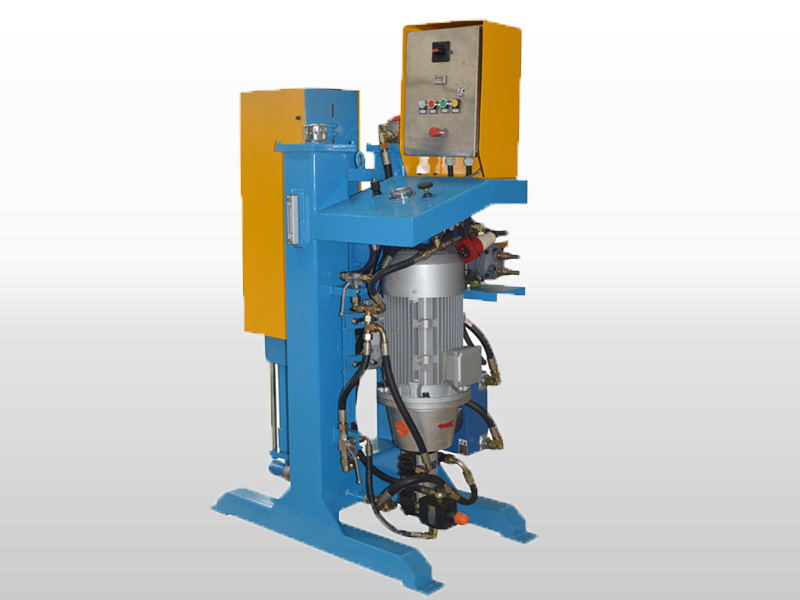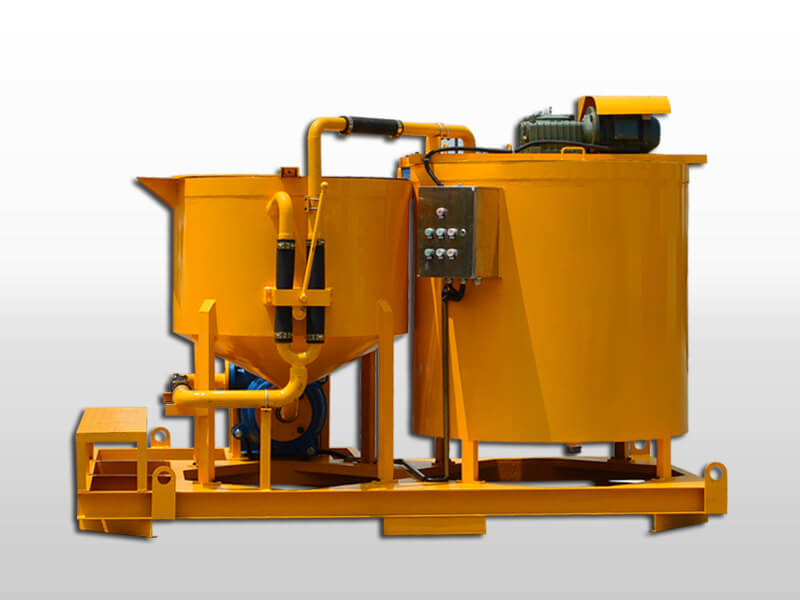types of reciprocating grout pump piston diaphra plunger
Types of Reciprocating Pumps – Piston, Diaphragm, Plunger
Reciprocating Pumps – Diaphragm, Piston, Plunger These pumps have a diaphragm, piston or plunger which is reciprocating back and forth through a fixed stoke length. The diaphragm pumps use a circular semi-flat membrane that is flexed from a concave to a convex shape within a sealed chamber.
Reciprocating Pumps – Diaphragm, Piston, Plunger
A reciprocating pump is a class of positive-displacement pumps which includes the piston pump, plunger pump and diaphragm pump. When well maintained, reciprocating pumps will last for years or even decades; however, left untouched, they can undergo rigorous wear and tear.
Reciprocating pump – Wikipedia
The RDP series of Reciprocating Plunger Pumps is suitable for handling most liquids for Oil & Gas, Industrial and Wastewater Treatment applications. RP’s RDP pump series are a type of positive displacement pumps where a smooth cylindrical plunger slides through the seal, making it different from piston pumps and allowing higher pressures.
Reciprocating Plunger Pumps API 674 & ISO 13710 – …
Diaphragm Pump – Construction. Diaphragm pumps have a reciprocating diaphragm in a liquid chamber in place of reciprocating piston inside a cylinder to produce the pumping action of the reciprocating positive displacement pump. The arrangement of valves and their functioning is same as that in the piston or plunger pumps.Author: Naveenagrawal
What is Reciprocating Hydraulic Diaphragm Pump? Types of
Nov 18, 2018· The main classes of reciprocating pumps are piston, plunger and diaphragm. A piston pump has its entire solid moveable action sliding within a cavity. A plunger pump typically has a flexible periphery around a central solid moveable portion, with …
What is the difference between plunger and diaphragm …
The key components used in reciprocating pumps are. Piston, Plunger or a diaphragm: All these parts have the basic functionality of moving the liquid inside the cylinder.The piston is a lubricated sliding shaft which moves inside the cylinder and pushes the liquid in forward and backward motion, creating a cavity and a high volume pressure at the outlet.
Understanding How Reciprocating Pumps Work | Designs
A positive-displacement reciprocating pump that is configured with three plungers. Triplex pumps are the most common configuration of pump used in both drilling and well service operations. Pumps used in well service activities generally are capable of handling a wide range of fluid types, including corrosive fluids, abrasive fluids and …
Piston Pumps and Plunger Pumps Specifications | …
A diaphragm pump uses a flexible sheet to displace the fluid. This type of pump has a crankshaft or eccentric wheel attached to a connecting rod. The outer edge of the diaphragm is bolted or secured to the exterior casing. Spring loaded valves open or close depending on the pressure in the chamber.
Piston Pumps and Plunger Pumps Information – GlobalSpec
Start studying Pumps – positive displacement. Learn vocabulary, terms, and more with flashcards, games, and other study tools. … What are the differences in sealing between a plunger and piston style reciprocating pump? … Which type of diaphragm pump is considered explosion proof and why?
Chapter 4 Pumps Flashcards | Quizlet
A reciprocating pump is a type of positive displacement pump that uses a piston, plunger or diaphragm to drive pressure into the pumped fluid. The power needed to drive a reciprocating pump depends on the maximum pressure, pump capacity and mechanical efficiency of the pump. You must know these quantities to calculate …
























